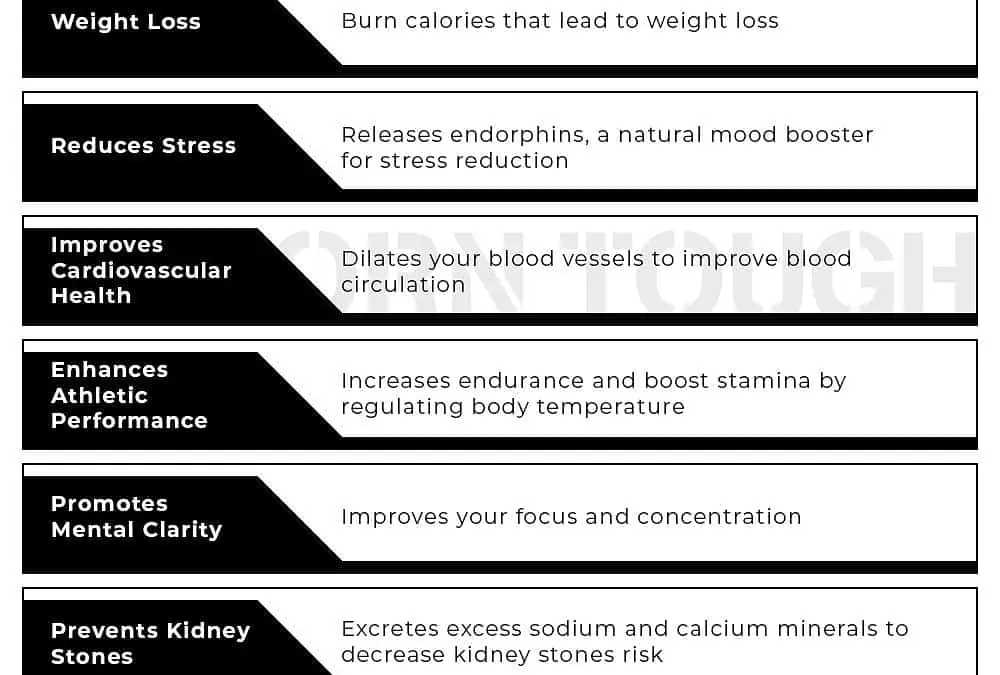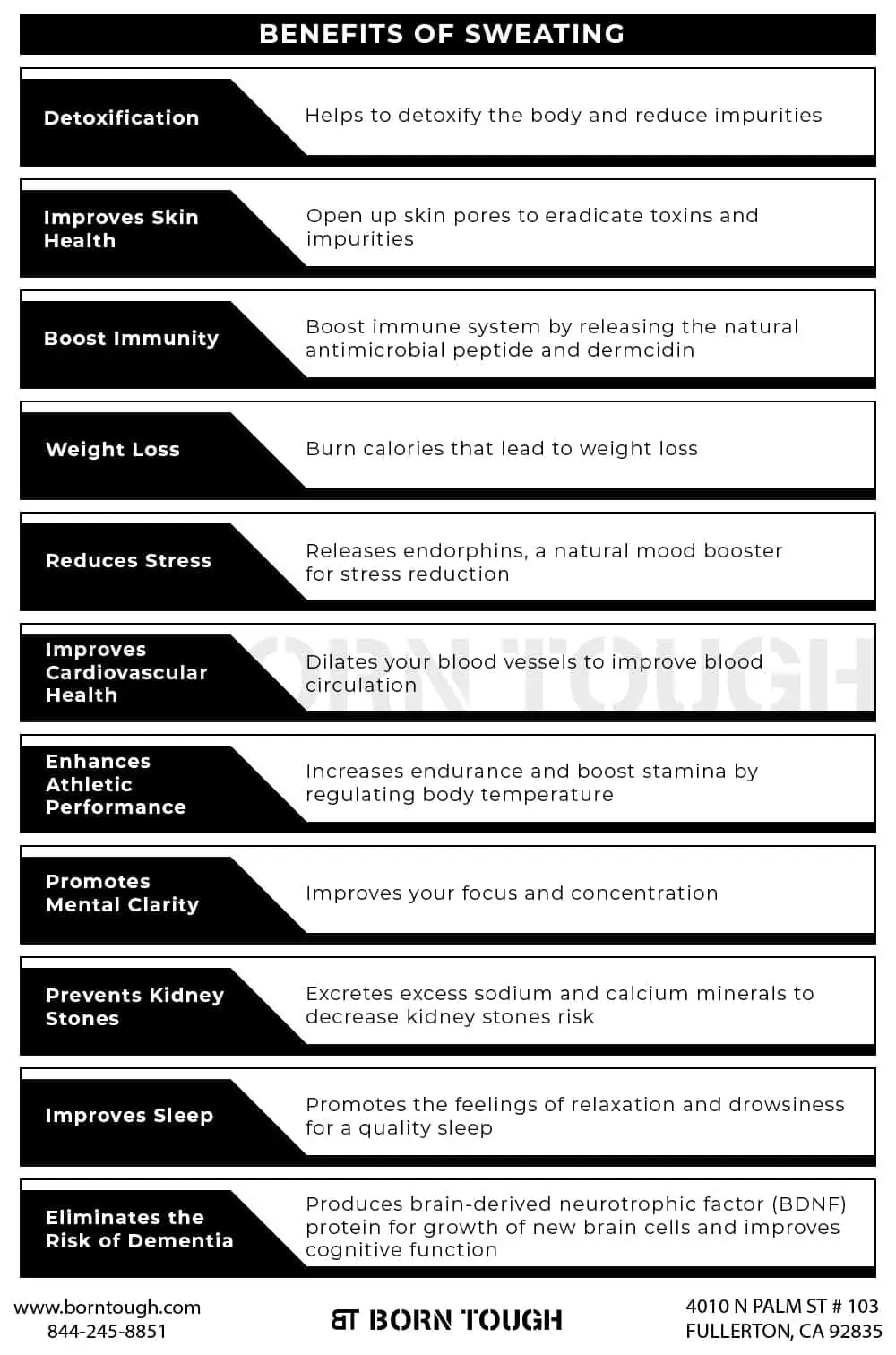Traveling for work or pleasure does not mean sacrificing your fitness routine. While staying at a swanky hotel or a budget motel, you can keep your body fit and in shape.
So, you need workouts that require less equipment and can be done in minimal spaces. To resolve your worries, we have put together 4 best hotel workouts to stay fit during holiday travel.
From bodyweight exercises to yoga and cardio, you can learn details about all the stuff.
So, let’s toggle down to know the details.
1. 4 Best Exercises or Workouts to Do While Traveling or Staying at Hotel

The beauty of bodyweight exercises is impressive when you are traveling. These exercises require no additional equipment. You can perform these exercises in your hotel room or at the park: these exercises are the way to go.
- Equipment Free Bodyweight Travel Exercises
- Resistance Band Workouts
- Yoga Poses
- Cardiovascular Exercises
Let’s explore the four best workouts and exercises one by one.
2. Equipment Free Bodyweight Travel Exercises
2.1. Push Ups

You can do push-ups by starting with a plank position and keeping your palms at shoulder width. Lower your body to touch your chest to the ground, then push back. This exercise works for your chest, triceps, and shoulders.
Sets and Reps
With a 30-second break in between, try three sets of 10 reps each.
At the front of your shoulders and upper arms, the anterior deltoid is responsible for inward rotations and front raises.
2.2. Squats

- This full-body exercise will leave you feeling the burn in your legs and core. Stand with your feet shoulder-width apart.
- Lower your body as if sitting back in a chair.
- Push back up to starting position.
Sets and Reps
Repeat for three sets of 10 reps, with a rest time of 30 seconds in between sets.
2.3. Lunges

This exercise is perfect for toning your legs and glutes.
- It is best to start standing hip-width apart.
- Take a big step with one foot forward, then keep one knee on the other knee by bending both of the knees.
- Push back and repeat with the other leg.
Sets and Reps
With a 30-second break in between sets, try 3 sets of 10 reps with each leg.
2.4. Plank

Planks can help you build your endurance.
- You must start with a push-up position but hold the position for as long as possible instead of lowering your body.
- Aim for 30 seconds, the minimum time, and you can increase the time set when you get more robust as per your ease.
Sets and Reps
Repeat 3 sets with 10 reps each, with a rest time of 30 seconds.
2.5. Mountain Climbers

This cardio exercise effectively works on your heart, core, and legs.
- Start in a plank position and raise one knee to your chest while extending the other leg.
- Continue while switching legs.
Sets and Reps
Try performing 3 sets of 10 repetitions on each leg with a 30-second break.
2.5. Dips

This triceps exercise is perfect for toning your arms and shoulders.
- Place your hands at shoulders width apart on a sturdy surface such as the chair’s or bed’s edge.
- Lower your arms, then push back.
Sets & Reps
Aim to do 3 sets of 10 reps, with 30 seconds of rest time.
3. Resistance Band Workouts
Resistance bands are the perfect traveling workout buddy. They are compact and easy to do for toning and strengthening your muscles.
3.1. Bicep Curls
Bicep curl is a well-known workout that targets the biceps, forearms, and shoulders.
- You need to stand in the center of the band, with the ends of the band in each hand.
- Keep your elbows close to your sides and curl your hands towards your shoulders.
Sets & Reps
Aim to complete 3 sets of 10 repetitions with a 30-second break.
3.2. Tricep Extension
It can target your tricep, shoulder, and upper back. To do tricep extension:
- Stand in each hand’s center of the band.
- Hold your arms above your head and keep your arms and keep your elbows close to your ears.
- Lower your arms behind your head, then push back.
Sets and Reps
Perform a minimum of 3 sets of 10 reps with a 30-second rest time.
3.3. Lat Pulldowns
This exercise works on your back, shoulders, and biceps.
- Stand on the center of the band and grip the ends of the band in each hand.
- Raise your arms above your head.
- Keep your elbows close to your sides. Pull down towards your hips.
Sets and Reps
Take a 30-second break in each set and try 3 sets of 10 reps.
3.4. Chest Fly
As the name suggests, chest fly targets your chest, shoulders, and triceps.
- Stand in the center of the band.
- Hold the ends of the band in each of your hands.
- Hold your arms straight to the sides.
- Bring them together in front of your chest.
Sets and Reps
Do your best to complete 3 sets of 10 reps, and you need to take 30 seconds to break after each set.
3.5. Leg Press
- It works on your legs, glutes, and core.
- Stand in the center of the band.
- Hold the ends of the band in each hand.
- Step one foot forward.
- Push forward with that foot while keeping the other foot behind.
Sets and Reps
Perform this exercise with a 30-second pause in each set of three repetitions of 10.
3.6. Squats & Press
This full-body workout targets the glutes, legs, arms, and shoulders.
- Stand in the center of the band.
- Hold the ends of the bands in each hand.
- Squat down, then stand up while pressing the band overhead.
Sets and Reps
Complete this exercise with a 30-second break in each set of 3 repetitions of sets.
4. Yoga Exercises
Yoga is a fantastic way to stay healthy and fit during holiday travel. It is a low-impact exercise that can be done anywhere. It is best to stretch out your body with maximum ease. There are plenty of beginner-friendly yoga poses to help you feel great. Some of the poses that you can do while traveling are as follows.
4.1. Warrior II

Stand with your feet about hip-width apart and step backward with your rear foot pointed outward. Bend your front knee and reach your arms to the sides, keeping your eyes on your front hand. You need to hold your 5-10 breaths.
4.2. Downward Dog

Lift your hips upward while on your hands and knees while keeping your arms and legs straight. Relax your head and neck, and again hold your 10 breaths.
4.3. Triangle Pose

The same rule of holding breaths (5-10) applies here. While standing hip-width apart, step one foot back and turn your rear foot out.
Reach your front arm out to the side and your back arm up towards the ceiling, keeping your eyes forward.
4.4. Child’s Pose

Sit by folding your legs inward on the mat. Then, bow down by touching your forehead to the mat and keep your arms stretched outward. Maintain 5-10 breaths.
Your Yoga practice should consist of 3 sets of each pose with 10 reps each. Take 30 to 60 seconds for rest between sets, breathe deeply, and relax into each pose.
In short, yoga is a beautiful and beneficial way to stay fit and healthy during holiday travel. It’s a low-impact exercise that can be done anywhere, and it is suitable for stretching out those kinks from sitting on a plane or driving in a car for hours.
5. Cardiovascular Exercises
Staying fit on holiday travels can be challenging, but you can stay in shape with creativity and cardio exercises. Cardio exercises are helpful to get your heart rate up and keep those endorphins flowing, whether in a hotel room or a local park.
Have a look at some of the best hotel cardio exercises to stay fit during your travels.
5.1. Jumping Jacks

It’s a classic workout; you need to start with jumping jacks. It is beneficial to warm up your heart rate.
Sets and Reps
Take a 30-second pause in each set of 3 sets of 20 reps.
5.2. High Knees

It will keep your legs and heart rate going. Start with a slow jog and raise your knees to your waist with each step.
Sets and Reps
Do 3 sets of 20 reps, and take a 30-second break between each set.
5.3. Burpees

They are the ultimate full-body workout. You need to start in a squat position, jump your feet back, do a push-up, and then jump back to the squat position.
Sets and Reps
Try to do 3 sets of 10 repetitions and take a 30-second break between each set.
5.4. Squat Jumps

Start with a squat position, then jump as high as possible. Land softly and immediately go back into a squat position.
Sets and Reps
Perform 3 sets of 10 reps and take a 30 seconds break.
5.5. Side Shuffles

Stand with your feet shoulder-width apart, shuffle to the right, and then back to the left.
Sets and Reps
Do 3 sets of 20 reps with a 30-second break.
5.1. Skipping

It is a fun and effective way to increase your heart rate. You can easily do it with a single rope to enjoy fitness with minimal effort.
Sets and Reps
Take a 30-second break in each of the sets of 30 reps.
Remember to start with a warm-up, stretch after your workout, and stay hydrated. These cardiovascular exercises allow you to stay fit and have fun during your travels.
6. Traveling Fit: Expert Tips for Staying in Shape on the Road
Traveling can be a real workout for the mind and body, especially when maintaining a healthy and active lifestyle. But with a few expert tips, you can stay fit and toned, even on the road. Here are some of our favorite tips for keeping your fitness game strong while traveling.
6.1. Pack a Resistance Band
A resistance band is a lightweight and portable piece of workout equipment that can help you build strength and tone your muscles no matter where you are. Keep one in your luggage, and you’ll never miss a workout again.
6.2. Make the Most of Your Hotel Room
Don’t let a lack of equipment keep you from getting a good workout. Use your hotel room as a makeshift gym and perform bodyweight exercises like push-ups, squats, and lunges. You’ll be surprised at how effective these exercises can be.
6.3. Get Out and Explore
One of the best ways to stay active while traveling is to get out and explore your surroundings. Whether it’s a morning jog, a hike through the mountains, or a leisurely walk through the city, being active and exploring new places can be a great way to stay fit and healthy.
6.4. Find a Local Yoga Studio
As previously mentioned, yoga is a great way to stay active, especially when traveling. Find a local yoga studio and take a class to get a good workout and peace of mind.
6.5. Use Hotel Amenities
Most hotels have a pool and fitness center, so take advantage of these amenities during your stay. Whether you prefer to swim laps or lift weights, you can get a great workout without leaving the comfort of your hotel.
6.6. Take the Stairs
Instead of taking the elevator, opt for the stairs. Not only will you get a little extra exercise, but you’ll also be saving energy and doing your part to help the environment.
6.7. Stick to a Healthy Diet
Eating well is as important as working out to stay fit and healthy. Try to stick to a balanced diet, even on the road. Pack healthy snacks, like fruit and nuts, to keep you fueled throughout the day.
By incorporating these fantastic tips into your life or travel routine, you’ll be able to stay fit and active, no matter where your travels take you. So pack your bags, grab your resistance band, and get ready to hit the road feeling fit, healthy, and ready for adventure.
7. FAQs
7.1. What Are The Best Bodyweight Exercises for Long-term Travel?
The best bodyweight exercises for long-term travel include push-ups, squats, lunges, planks, burpees, mountain climbers, and dips. These exercises can be done in tight spaces, are equipment free, and effectively tone your muscles.
7.2. Is It Possible To Get Fit with Just Bodyweight Training?
These exercises can provide a full-body workout and improve strength and fitness. Examples include push-ups, squats, lunges, and planks.
7.3. Are Push-ups and Squats Sufficient For a Home Workout?
Yes, push-ups and squats are great exercises that can be a part of a comprehensive home workout routine. However, adding other bodyweight exercises and incorporating variety is recommended to target all muscle groups.
7.4. How Strong Can You Get Using Only Bodyweight Training?
You can get significantly stronger with only bodyweight training, as long as you progressively increase the difficulty and vary exercises for a full body workout.
8. Final Words
Traveling shouldn’t mean sacrificing your fitness routine. You can try these 4 best hotel workouts to stay fit during your trip, including equipment-free bodyweight exercises and resistance band workouts.
Bodyweight exercises like push-ups, squats, lunges, and burpees are practical and can be done anywhere. Resistance bands are compact, lightweight, and provide a great workout.
You can perform resistance band exercises for bicep curls, tricep extensions, and lat pulldowns. With these workouts, you can stay toned and in shape while traveling without any worry.
“This article is originally posted on borntough.com, and borntough.com own the sole copyright on this article. If you read this article outside borntough.com, please report this website to the authority because they have stolen the content from borntough.com and violated borntough copyright”













































